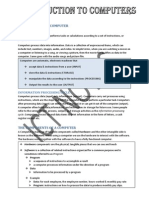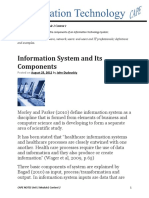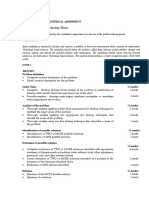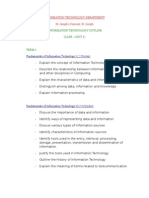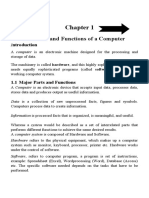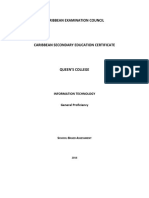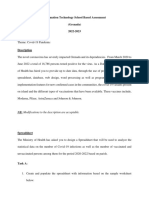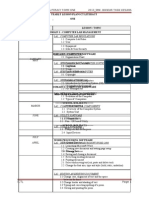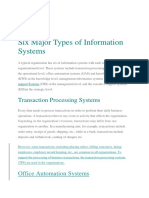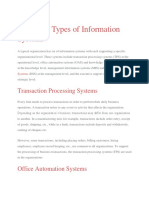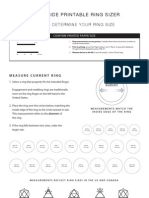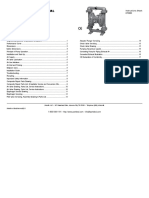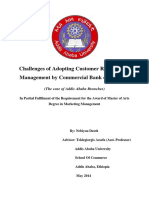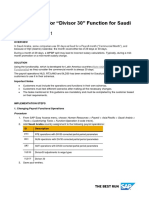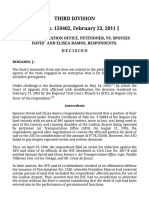0% found this document useful (0 votes)
137 views5 pagesCAPE Information Technology Unit 1: Module 2 Topic: Information Systems
An information system is a set of components that collect, process, store, and distribute information to support decision making and control in an organization. There are several types of information systems:
Transaction processing systems (TPS) handle daily routine transactions like sales orders and payroll. Management information systems (MIS) provide reports and access to organizational data to support management planning, controlling, and decision making. Decision support systems (DSS) help managers make non-routine decisions and address problems without predefined procedures by analyzing internal and external data. Knowledge work systems (KWS) and office systems support knowledge workers and data workers through functions like document management, scheduling, and communication.
Uploaded by
blueboyCopyright
© © All Rights Reserved
We take content rights seriously. If you suspect this is your content, claim it here.
Available Formats
Download as DOC, PDF, TXT or read online on Scribd
0% found this document useful (0 votes)
137 views5 pagesCAPE Information Technology Unit 1: Module 2 Topic: Information Systems
An information system is a set of components that collect, process, store, and distribute information to support decision making and control in an organization. There are several types of information systems:
Transaction processing systems (TPS) handle daily routine transactions like sales orders and payroll. Management information systems (MIS) provide reports and access to organizational data to support management planning, controlling, and decision making. Decision support systems (DSS) help managers make non-routine decisions and address problems without predefined procedures by analyzing internal and external data. Knowledge work systems (KWS) and office systems support knowledge workers and data workers through functions like document management, scheduling, and communication.
Uploaded by
blueboyCopyright
© © All Rights Reserved
We take content rights seriously. If you suspect this is your content, claim it here.
Available Formats
Download as DOC, PDF, TXT or read online on Scribd
/ 5




